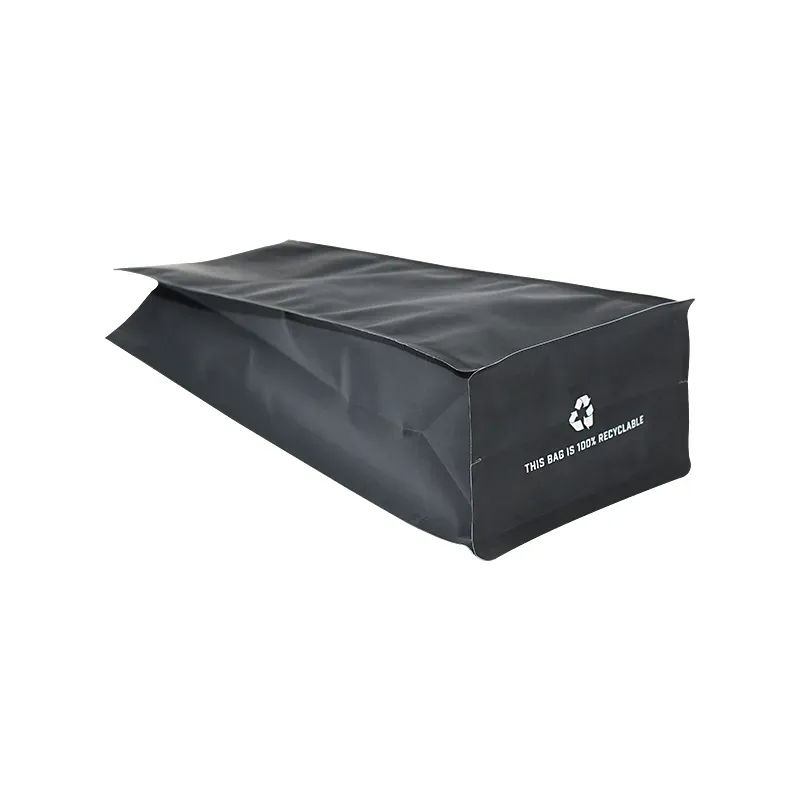- Afrikaans
- Albanian
- Amharic
- Arabic
- Armenian
- Azerbaijani
- Basque
- Belarusian
- Bengali
- Bosnian
- Bulgarian
- Catalan
- Cebuano
- chinese_simplified
- chinese_traditional
- Corsican
- Croatian
- Czech
- Danish
- Dutch
- English
- Esperanto
- Estonian
- Finnish
- French
- Frisian
- Galician
- Georgian
- German
- Greek
- Gujarati
- haitian_creole
- hausa
- hawaiian
- Hebrew
- Hindi
- Miao
- Hungarian
- Icelandic
- igbo
- Indonesian
- irish
- Italian
- Japanese
- Javanese
- Kannada
- kazakh
- Khmer
- Rwandese
- Korean
- Kurdish
- Kyrgyz
- Lao
- Latin
- Latvian
- Lithuanian
- Luxembourgish
- Macedonian
- Malgashi
- Malay
- Malayalam
- Maltese
- Maori
- Marathi
- Mongolian
- Myanmar
- Nepali
- Norwegian
- Norwegian
- Occitan
- Pashto
- Persian
- Polish
- Portuguese
- Punjabi
- Romanian
- Russian
- Samoan
- scottish-gaelic
- Serbian
- Sesotho
- Shona
- Sindhi
- Sinhala
- Slovak
- Slovenian
- Somali
- Spanish
- Sundanese
- Swahili
- Swedish
- Tagalog
- Tajik
- Tamil
- Tatar
- Telugu
- Thai
- Turkish
- Turkmen
- Ukrainian
- Urdu
- Uighur
- Uzbek
- Vietnamese
- Welsh
- Bantu
- Yiddish
- Yoruba
- Zulu
density of pet plastic
Understanding the Density of PET Plastic A Comprehensive Overview
Polyethylene Terephthalate (PET) is one of the most widely used thermoplastics in the world, renowned for its versatility and durability. It is commonly found in various applications, from beverage bottles to food containers, and even in synthetic fibers. A crucial property of PET that influences its usability and recycling potential is its density. In this article, we will explore the density of PET plastic, its implications, and its importance in various industries.
What is Density?
Density is defined as mass per unit volume and is typically expressed in grams per cubic centimeter (g/cm³). For materials like plastics, understanding density is vital as it directly affects the material's mechanical properties, processing, and performance in applications. Specifically, the density of PET plastic is about 1.38 g/cm³, which plays a significant role in its applications and recyclability.
Factors Affecting the Density of PET Plastic
Several factors can influence the density of PET plastic, including
1. Molecular Weight Higher molecular weight PET tends to have a higher density. This is due to the increased number of polymer chains that pack together in a more orderly manner, enhancing the overall mass per unit volume.
2. Crystallinity PET can be amorphous or semi-crystalline. Amorphous PET has a lower density due to its less ordered structure, while crystalline PET has a higher density because the polymer chains are more tightly packed.
3. Additives Various additives used in the production of PET, such as fillers or plasticizers, can alter its density. For instance, the addition of certain fillers can increase the overall mass without significantly increasing the volume.
4. Processing Conditions The conditions under which PET is processed (temperature, pressure, and cooling rates) can also affect its density. For example, rapid cooling can lead to a more amorphous material, while slower cooling might result in a more crystalline structure.
density of pet plastic

Importance of Density in Applications
The density of PET is crucial in determining its suitability for different applications. For example
- Packaging The density of PET affects the weight and durability of packaging products. Lighter PET is desirable for reducing shipping costs, while robust density provides the strength needed for protecting contents.
- Recycling Density plays a significant role in the recycling process of PET. The density of PET can determine how easily it can be separated from other materials during recycling. Lower density PET may float in water, allowing for effective separation methods.
- Engineering Applications In engineering, density is vital for calculating the load-bearing capacity of PET-based materials, particularly in applications like automotive components, where weight savings and structural integrity are crucial.
The Role of Density in Sustainability
As the world moves toward more sustainable practices, understanding the density of PET plastic is imperative in the quest for improved recycling processes and material reusability. A material's density can influence the efficiency of recycling operations, impacting the energy consumed in processing and the quality of recycled materials.
Efforts are being made to utilize lower-density PET or recycled PET in new applications, thus creating a circular economy around this ubiquitous plastic. Innovations in recycling technologies aim to handle varying densities of PET effectively, ensuring that more plastic can be repurposed and less ends up in landfills.
Conclusion
In summary, the density of PET plastic is a fundamental property that influences its applications, processing, and recycling. Understanding the factors that affect PET's density is essential for manufacturers and recyclers. As we continue to innovate and enhance PET materials, this knowledge will be crucial for developing sustainable practices that benefit both industry and the environment. By harnessing the full potential of PET through a deep understanding of its density, we can pave the way for more efficient and eco-friendly uses of this versatile plastic.













